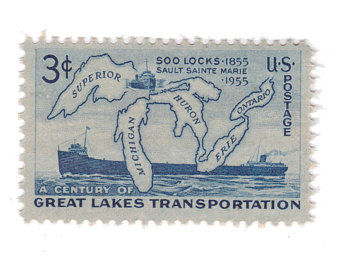To better characterize the transport of neonicotinoid insecticides to the world's largest freshwater ecosystem, monthly samples (October 2015–September 2016) were collected from 10 major tributaries to the Great Lakes, USA. For the monthly tributary samples, neonicotinoids were detected in every month sampled and five of the six target neonicotinoids were detected. At least one neonicotinoid was detected in 74% of the monthly samples with up to three neonicotinoids detected in an individual sample (10% of all samples). The most frequently detected neonicotinoid was imidacloprid (53%), followed by clothianidin (44%), thiamethoxam (22%), acetamiprid (2%), and dinotefuran (1%). Thiacloprid was not detected in any samples. The maximum concentration for an individual neonicotinoid was 230 ng L−1 and the maximum total neonicotinoids in an individual sample was 400 ng L−1. The median detected individual neonicotinoid concentrations ranged from non-detect to 10 ng L−1. The detections of clothianidin and thiamethoxam significantly increased as the percent of cultivated crops in the basins increased (ρ = 0.73, P = .01; ρ = 0.66, P = .04, respectively). In contrast, imidacloprid detections significantly increased as the percent of the urbanization in the basins increased (ρ = 0.66, P = .03). Neonicotinoid concentrations generally increased in spring through summer coinciding with the planting of neonicotinoid-treated seeds and broadcast applications of neonicotinoids. More spatially intensive samples were collected in an agriculturally dominated basin (8 sites along the Maumee River, Ohio) twice during the spring, 2016 planting season to provide further information on neonicotinoid inputs to the Great Lakes. Three neonicotinoids were ubiquitously detected (clothianidin, imidacloprid, thiamethoxam) in all water samples collected within this basin. Maximum individual neonicotinoid concentrations was 330 ng L−1 and maximum total neonicotinoid concentration was 670 ng L−1; median detected individual neonicotinoid concentrations were 7.0 to 39 ng L−1.
Source: Hladik ML et al. (2018) Environmental Pollution, available online 19 January 2018
https://doi.org/10.1016/j.envpol.2018.01.013

- Login om te reageren
